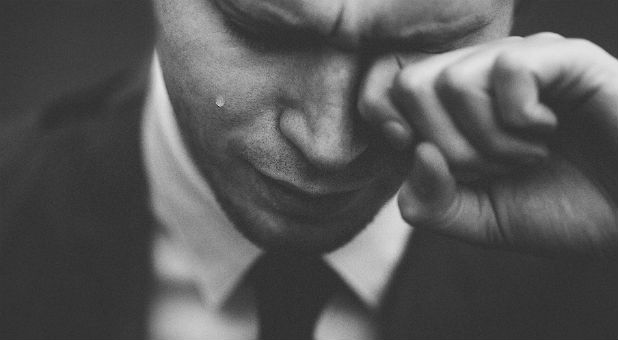A Tragedy More Deadly Than Irma and Harvey Combined
The eyes of the nation turned to southern Texas in the wake of Harvey, last month’s deadly hurricane and tropical storm. As the death toll passed 60, people sent help and talked about moving beyond the tragedy. Meanwhile, a tragedy not as visible is playing out across America, according to Eric Scheidler, co-director of National Day of Remembrance for Aborted Children. “There are over 3,000 babies aborted daily in the United States,” he explained. “If 3,000 people had been killed by flooding, daily life would come to a halt, as concerned citizens pulled together in relief and recovery efforts. Abortion is a silent, unpublicized killer, wiping out schools full of children each day.”
The Fifth Annual National Day of Remembrance for Aborted Children on Saturday, Sept. 9, 2017, is intended to memorialize these aborted babies. “The day’s solemn ceremonies, held at gravesites and memorial markers across the country, tell the stories of the recovery and burial of the broken and discarded little bodies of abortion’s victims,” stated Scheidler. Tens of thousands of these aborted children have been retrieved and buried at over 50 gravesites, and their lives are honored at hundreds of other memorials throughout the country. Prayer services for this year’s National Day of Remembrance will be held at 172 different locations.
The Pro-Life Action League, of which Scheidler is executive director, has organized this National Day of Remembrance for Aborted Children, along with Citizens for a Pro-Life Society and Priests for Life, since 2013. These three pro-life groups have come together to humanize the unborn victims of abortion by raising awareness of their burial places, and the sometimes shocking stories of how their bodies were retrieved from trash bins, landfills and other disposal sites.
“In the media and in private conversation, abortion is often viewed as strictly a political issue or a matter of personal choice. We are too late to save the almost 60 million American children who have lost their lives to abortion since 1973,” Scheidler remarked, “but we can cut through the political rhetoric and acknowledge that these children existed. We will never know their names, but we cannot forget them—nor will we ever stop fighting to restore legal protection to those unborn children now at risk of abortion.”
The stories at AbortionMemorials.com record what information is known about the babies interred at each site: how many children were killed, how their bodies were discovered and the details of their burial. The website also lists hundreds of memorial sites dedicated to the victims of abortion throughout the United States and gives the locations, times and details of over 170 events marking the National Day of Remembrance for Aborted Children.
The first annual National Day of Remembrance for Aborted Children was held in Sept. 2013 on the 25th anniversary of the burial of 1500 abortion victims in Milwaukee, Wisconsin. Now an annual event, the Day of Remembrance is now held each second Saturday in September.
















































